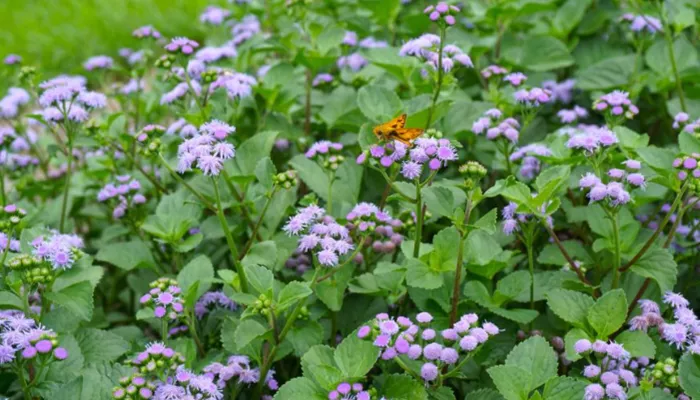The term “passalong plants” holds a special place in the hearts of many gardeners, representing a tradition of sharing and passing down beloved plants from one generation to the next.
For me, the vibrant purple Bearded Iris (Iris germanica) evokes memories of my childhood home, where these royal flowers bloomed year after year. Originally passed down from my Aunt Nell’s garden, these irises thrived along the east side of my mother’s house, connecting us to our family’s past. When we live far away or in different times, flowers like these serve as tangible links to loved ones.
The Bearded Iris gets its name from the fuzzy beard-like structure at the base of its petals. This distinctive feature not only adds beauty to the flower but also serves a functional purpose—helping pollinators find their way to the plant’s pollen.
Bearded Irises are among the easiest plants to grow and make reliable additions to any garden. These hardy perennials thrive in sunny spots, producing a stunning array of blooms each spring from the same plant. The flowers reproduce by spreading rhizomes, which should be planted between July and September. When planting, ensure the rhizome is placed in a shallow hole (2 to 3 inches deep), with the roots facing down and the top exposed. After planting, firm the soil around the roots and water thoroughly.
Once planted, Bearded Irises require little attention. Their vibrant blooms will appear every spring, and after the flowers fade, leave the leaves and blades intact until they turn brown. As an old saying goes, “This year’s green leaves are next year’s flowers.”
In mid- to late summer, it’s time to dig up and divide mature iris clumps. Look for overcrowded rhizomes and separate them before replanting.
Bearded Irises come in a wide range of colors, with over 300 cultivars worldwide. The Tyler Botanical Garden’s Iris Garden features many beautiful examples. For added visual impact, combine irises with other sun-loving plants like poppies, columbine, daffodils, tulips, or pansies to create stunning displays with contrasting colors and textures.
For those seeking immediate results, you can purchase a Bearded Iris plant with buds ready to bloom. Simply transplant it into a large pot, ensuring the hole is the same depth as the nursery pot. As an added bonus, Bearded Irises are both deer-resistant and drought-tolerant—though be mindful not to overwater, as this can lead to rhizome rot.
By growing your own Bearded Irises, you may find yourself continuing the tradition of “passalong plants,” sharing these beautiful flowers with friends or family for generations to come.
Related topics:
- Enjoying Plant-Based Meals All Through the Holiday Season
- Scientists Discover How to Grow Plants Without Light
- Five Captivating SFF Stories Where Plants and Gardens Take Center Stage


